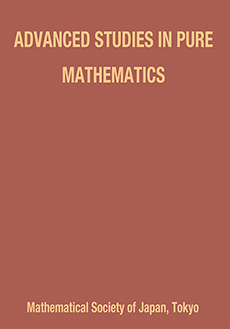Abstract
Let $(W, \mu, H)$ be an abstract Wiener space assume two $\nu_i, i =1, 2$ probabilities on $(W, \mathcal{B}(W))$. Assume that the Wasserstein distance between $\nu_1$ and $\nu_2$ with respect to the Cameron-Martin norm $$ d_H (\nu_1, \nu_2)=\left\{ \inf_{\beta} \int_{W \times W} |x-y|_{H}^{2} d \beta (x, y) \right\}^{1/2} $$ is finite, where the infimum is taken on the set of probability measures $\beta$ on $W \times W$ whose first and second marginals are $\nu_1$ and $\nu_2$ and that $\nu_1$ has regular disintegration along a sequence of finite dimensional projections. Then there exists a unique (cyclically monotone) map $T = I_W + \xi$, with $\xi : W \to H$, such that $T$ maps $\nu_1$ to $\nu_2$ and the measure $\gamma = (I \times T) \nu_1$ is the unique solution of the Monge-Kantorovitch problem. Besides, if $\nu_2 \ll \mu^{1)}$, then $T$ is stochastically invertible, i.e., there exists $S : W \to W$ such that $S \circ T = I_W$ $\nu_1$ a.s. and $T \circ S = I_W$ $\nu_2$ a.s. If $\nu_1 = \mu_2$, then there exists a 1-convex function $\phi$ in the Gaussian Sobolev space $\mathbb{D}_{2,1}$, such that $\xi = \nabla \phi$. These results imply that the quasi-invariant transformations of the Wiener space with finite Wasserstein distance from $\mu$ can be written as the composition of a transport map $T$ and a rotation, i.e., a measure preserving map. We give also 1-convex sub-solutions using by calculating the Gaussian jacobian. Finally the full solutions of the Monge-Ampère equation on $W$ are given with the help of the Itô calculus.
Information
Digital Object Identifier: 10.2969/aspm/04110049


